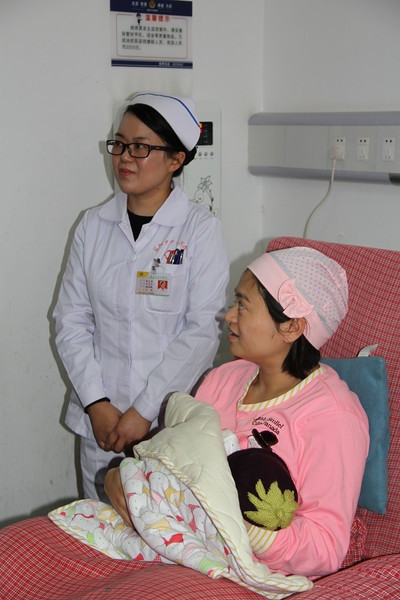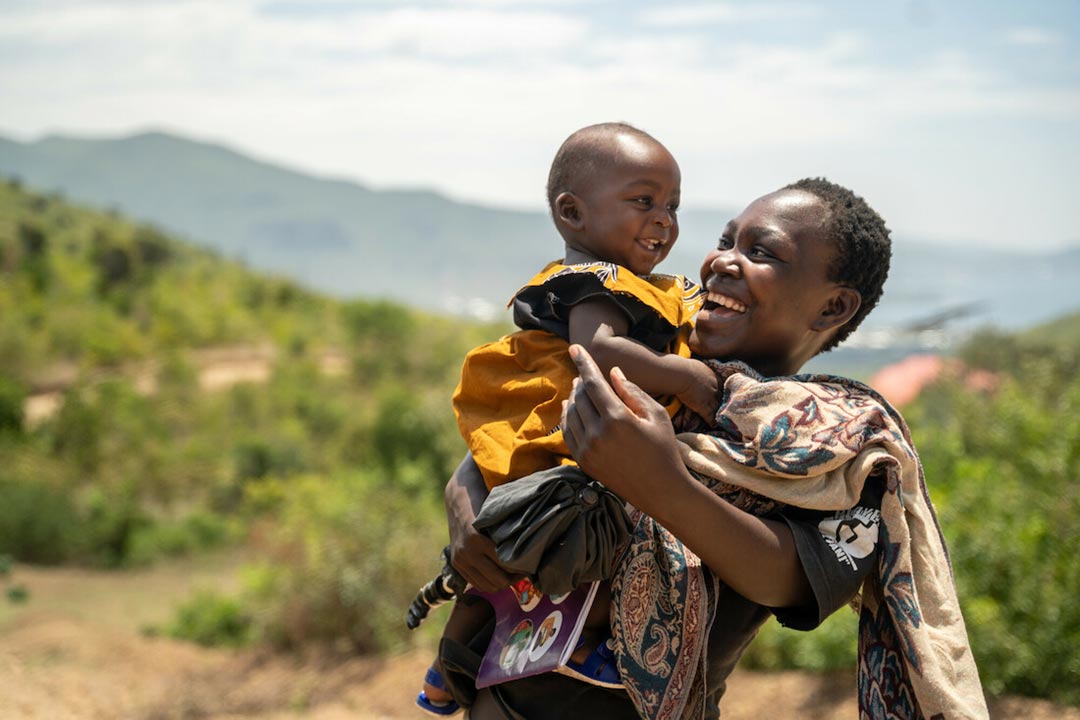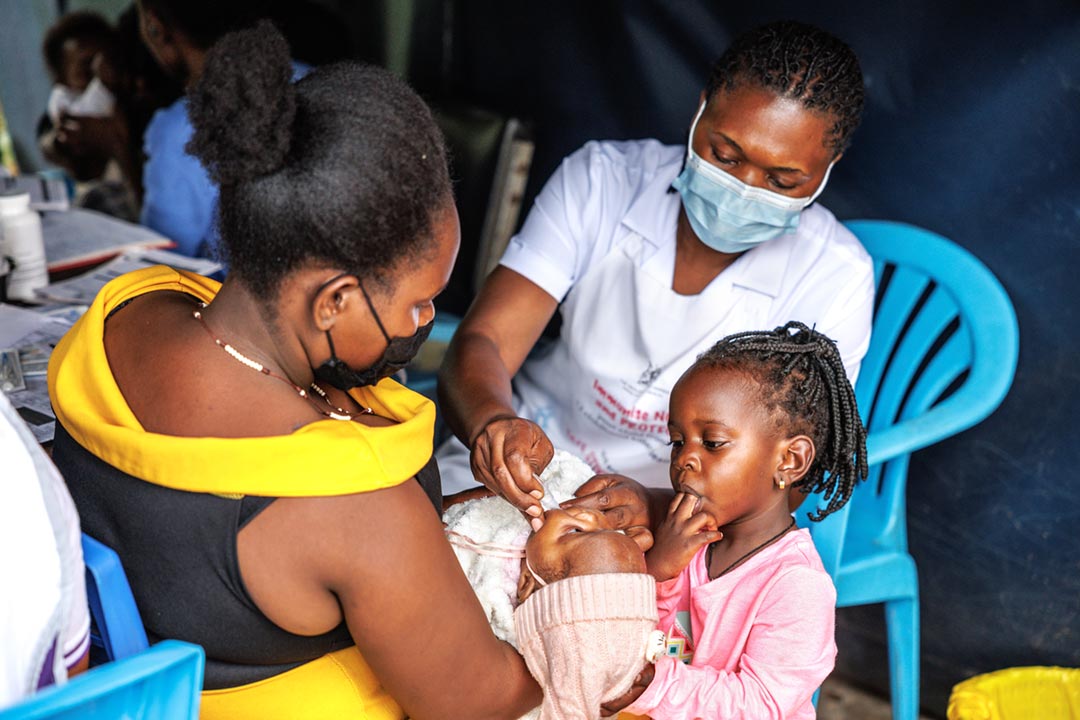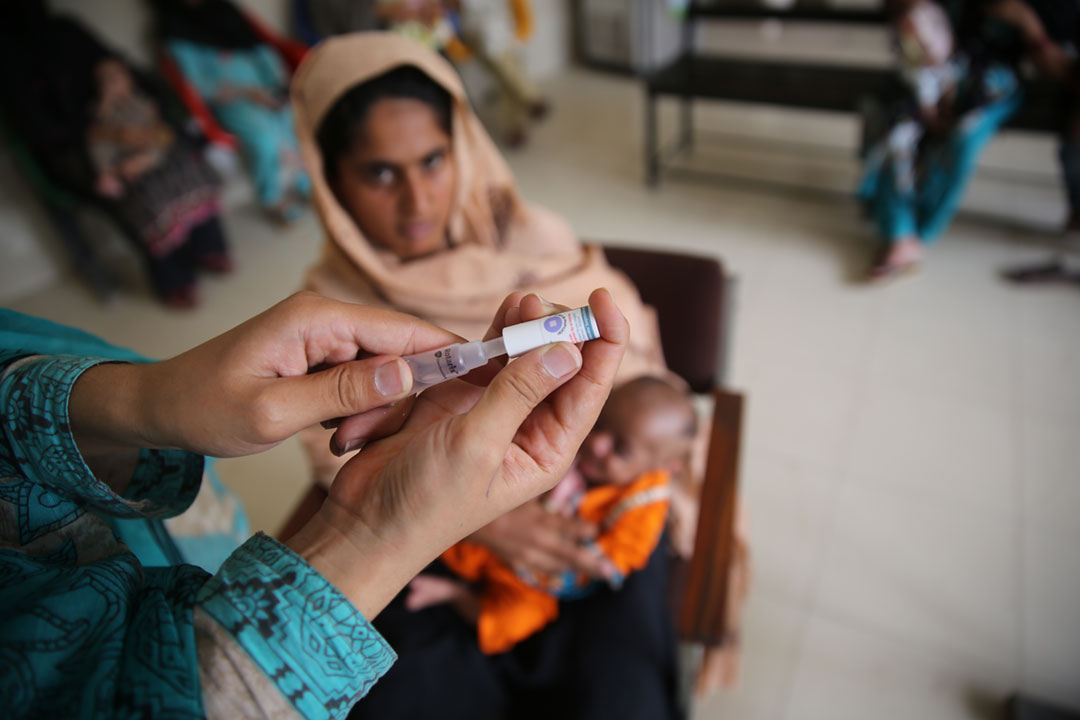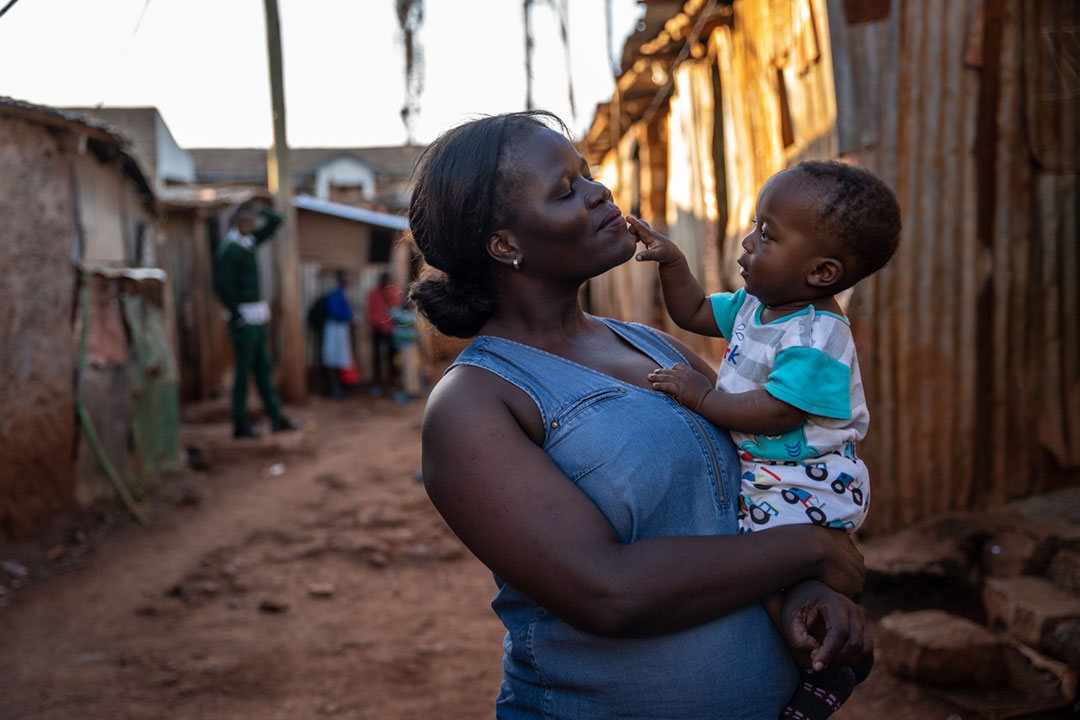Dagfinn Høybråten, Gavi Board Chair 2011-2015
I have just returned from a week’s visit in China – a country with a special place in my heart. My childhood was filled with stories from China, told by my grandmother who grew up in the Hunan province as the daughter of one of the pioneers bringing western medicine to China. Now, over 100 years after my great grandfather wrote about great social and medical needs in his first report back home from China, it is striking to witness China’s remarkable progress in the fight against poverty. Between 1990 and 2005 China lifted 470 million people out of extreme poverty, contributing to 76% of the poverty reduction in the world over the same period of time.
As China continues its endeavours to eradicate extreme poverty internally, it is also playing a increasingly active role in promoting development and sharing its expertise and experiences in Africa, South-East Asia and other parts of the world. China’s resolute response to the Ebola outbreak and their support to health systems strengthening in African countries demonstrate the country’s new and important role in promoting health and development abroad.
In the work to increase the access to vaccines, we see a parallel and equally inspiring pattern: from 2002 to 2006 Gavi, the Vaccine Alliance and China worked together on a project to increase hepatitis B vaccination of newborns and children under five in China’s western and central provinces. This was one of Gavi’s earliest great successes, and resulted in the prevention of 3.82 million chronic infections (which can cause liver cancer) and 685,000 future deaths.

Dagfinn’s great grandfather, Dr.Jørgen Edvin Nilssen.
During my week in China I also had the privilege to visit Yiyang Central Hospital – a facility that was founded by my great grandfather in 1906. It has run every day since, and today it serves a district of 7 million people – a monument to China’s health progress. Similarly, China’s higher income levels mean it no longer needs Gavi support, and has for several years covered all cost related to protect their own children with vaccines.
Since January 2015, China has also committed to sharing the miracle of vaccines to the world’s poorest countries by becoming a Gavi donor. But this is not all – China’s manufacturing capabilities are also helping to expand access to immunisation. A milestone in this work came in April 2015 when Chinese-made Japanese Encephalitis vaccine was introduced to Lao PDR with Gavi support.
This sharing is set to continue. In my meetings with the Vice President and with Minister of Health and Family planning last week, we discussed how China could share its knowledge and experience with countries that is about to take on the full costs of their immunisation programmes, as they did some years ago. Going forward, I am convinced that a strongly engaged China will be a game-changer in the efforts to increase global coverage of basic lifesaving vaccines.
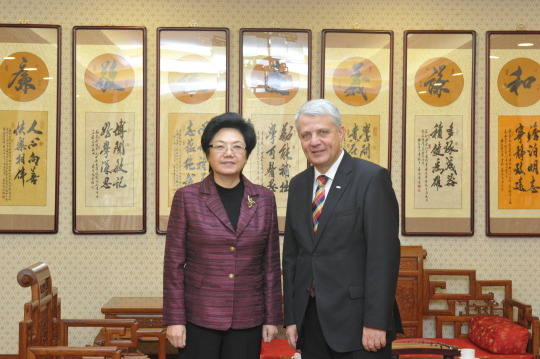
Dagfinn and the Minister of Health and Family Planning, Ms Li Bin. Photo: Chinese Ministry of Health and Family Planning.
My great grandfather’s inspiration for establishing Yiyang hospital was believing that we live on this earth as brothers and sisters, and so ought to share all that is good and beautiful. This is also the mission of the Vaccine Alliance – to make sure that lifesaving vaccine technology is not only shared in developed nations, but with all our brothers and sisters around the world. We can now be thankful to have China as a partner in this.
